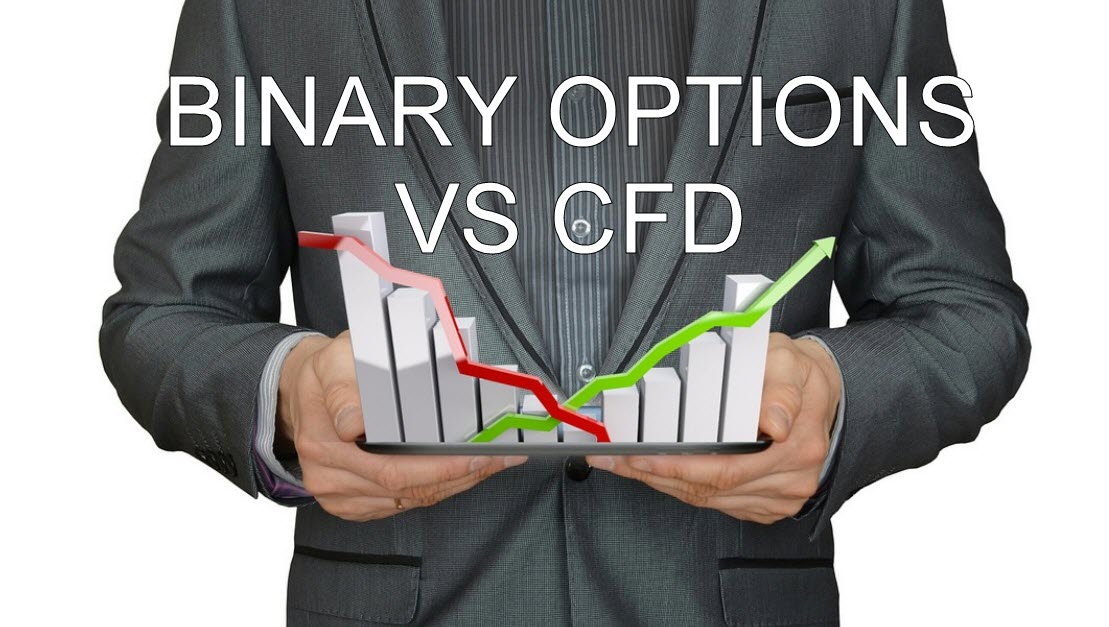In the vast realm of financial markets, traders and investors are presented with a plethora of instruments to speculate and potentially profit from price movements. Contracts for Difference (CFDs) and Binary Options are among the derivatives that have gained popularity. This article sheds light on these two instruments’ distinctive characteristics and elucidates their fundamental differences.

An Overview of Contracts for Difference (CFDs)
Defining CFDs
Contracts for Difference, commonly known as CFDs, are derivatives that allow traders to speculate on the price movements of underlying assets, such as stocks, commodities, indices, and currency pairs, without actually owning them. The profit or loss is determined by the difference in price of the underlying asset between the time the contract is opened and when it is closed.
The Mechanics of CFD Trading
In CFD trading, investors can take a long position if they believe the asset’s price will rise, or a short position if they anticipate a decline. Profits and losses are realized based on the magnitude of the price movement. CFDs often involve leverage, meaning that traders can control a large position with a relatively small amount of capital. However, this also amplifies the potential losses.
Understanding Binary Options
What are Binary Options?
Binary Options are financial derivatives that offer a fixed payout or nothing at all, depending on whether a certain condition is met by the time the option expires. Essentially, traders are making a bet on whether the price of an underlying asset will be above or below a certain level at a specific time in the future.
Trading Binary Options
When trading Binary Options, the trader selects an asset, the expiry time, and makes a prediction on the direction in which the asset’s price will move. If the trader’s prediction is correct, they receive a predetermined payout. If not, they lose the amount invested in that trade. This all-or-nothing structure is why they are called “binary” options.
CFDs and Binary Options: A Comparative Analysis
Potential Returns and Risks
One of the key differences between CFDs and Binary Options lies in the structure of their returns. With CFDs, returns are variable and depend on the price movement’s size. In contrast, Binary Options offer fixed returns, irrespective of how much the asset’s price has moved.
As for risks, both instruments can be risky, but CFDs carry a potentially higher level due to the leverage involved. With Binary Options, the risk is limited to the initial investment.
Complexity and Strategy
CFD trading can be more complex compared to Binary Options. It requires a deeper understanding of the markets and often involves more intricate strategies. Binary Options, being more straightforward, might be easier for beginners to understand.
Time Frames
CFD contracts do not have a set expiry time and can be held open as long as the trader wishes, given they have enough capital to maintain the position. Binary Options, on the other hand, have a fixed expiry time.
Regulatory Environment
It is important to note that Binary Options have faced stricter regulations in recent years due to their similarity to gambling. In some countries, they are heavily regulated or even banned. CFDs are also regulated, but usually not as stringently as Binary Options.
Informed Decisions: Choosing the Right Instrument
Both CFDs and Binary Options offer unique trading opportunities, but they cater to different trading styles and risk appetites. Potential traders should carefully consider their financial goals, risk tolerance, and level of expertise before venturing into either CFDs or Binary Options.
Educating Yourself
Before making any investments, educating oneself about the mechanics, risks, and strategies associated with the chosen financial instrument is crucial. There are numerous educational resources, such as books, online courses, and webinars that can provide insights into CFD trading and Binary Options.
Understanding Your Risk Profile
As CFD trading involves leverage, it can result in significant losses. On the other hand, while Binary Options have a capped loss, they can still be risky due to their all-or-nothing nature. Understanding your own risk tolerance is essential in choosing the instrument that aligns with your investment strategy.
Evaluating Brokerage Services
When it comes to trading CFDs or Binary Options, selecting a reputable and regulated broker is vital. Assess the broker’s platform, fees, and the range of assets they offer for trading. Checking for any regulatory actions or consumer complaints against the broker is also advisable.
Formulating a Trading Plan
Develop a trading plan that outlines your investment goals, risk management strategies, and criteria for entering and exiting trades. A well-thought-out plan can help in making informed decisions and avoiding impulsive trading.
Staying Informed
The financial markets are influenced by a myriad of factors including economic indicators, geopolitical events, and market sentiment. Staying informed about these factors can be invaluable in making timely and educated trading decisions.